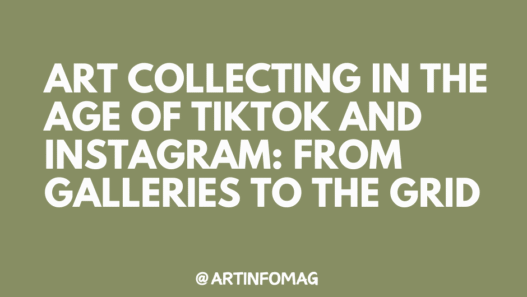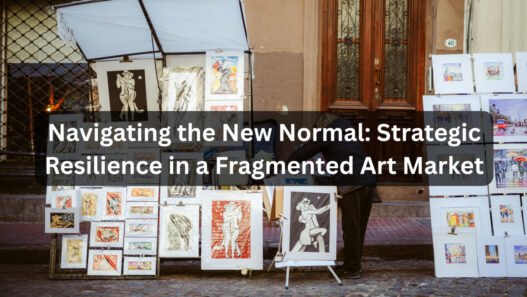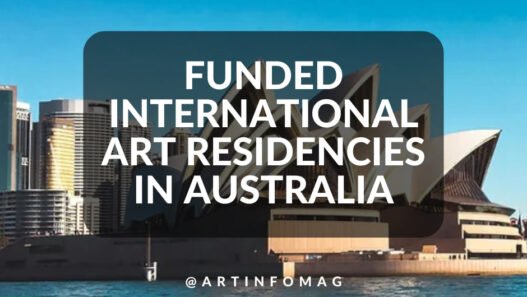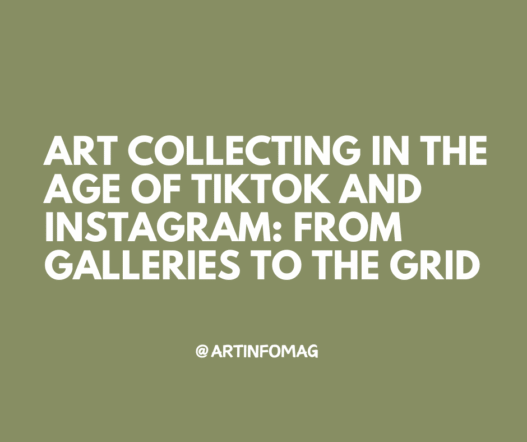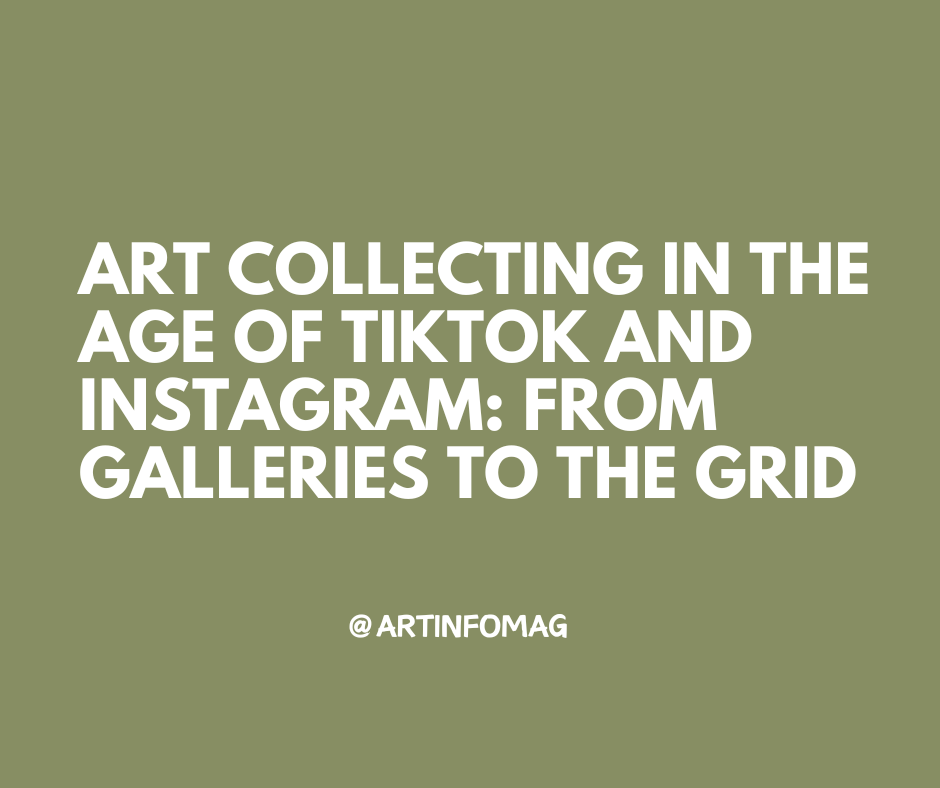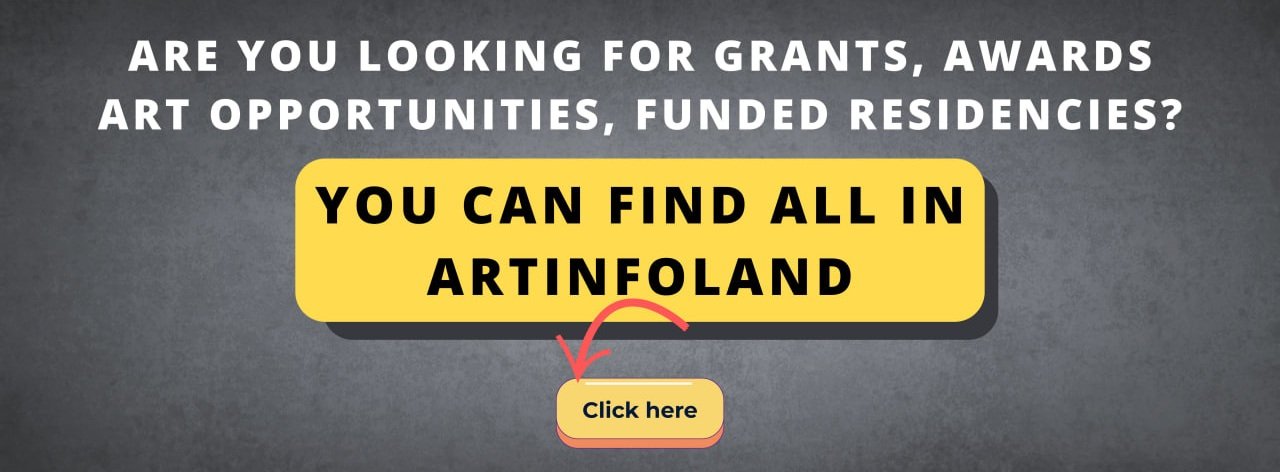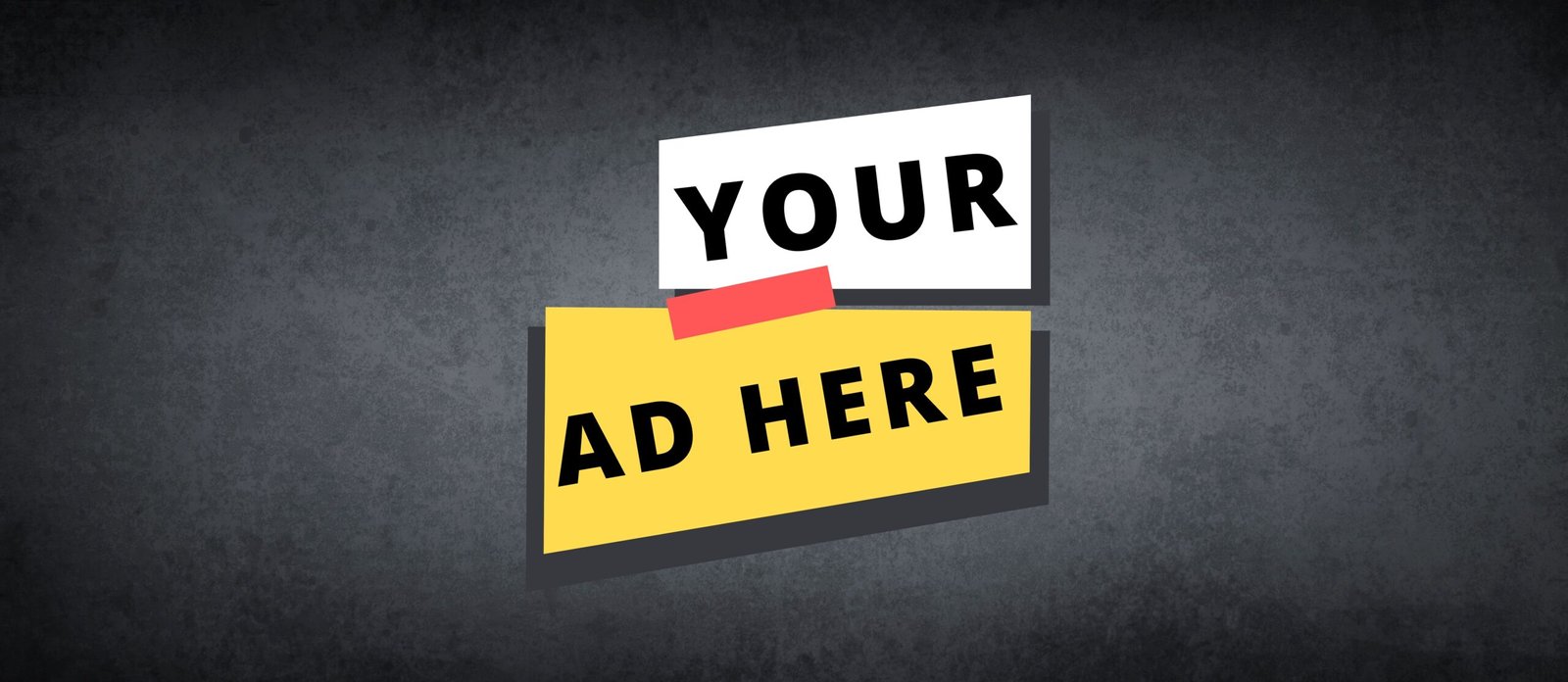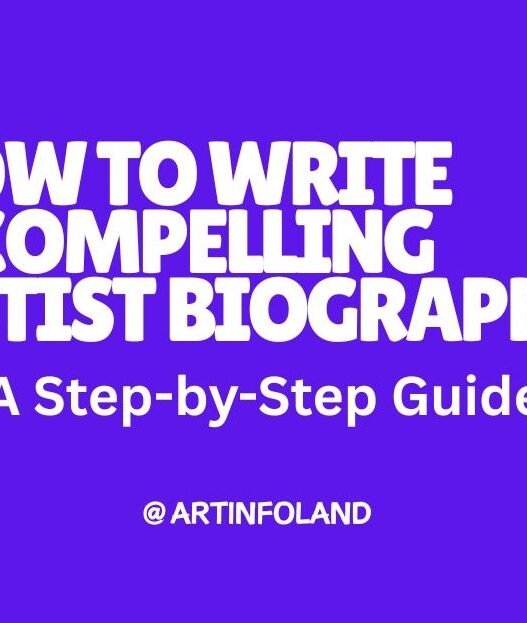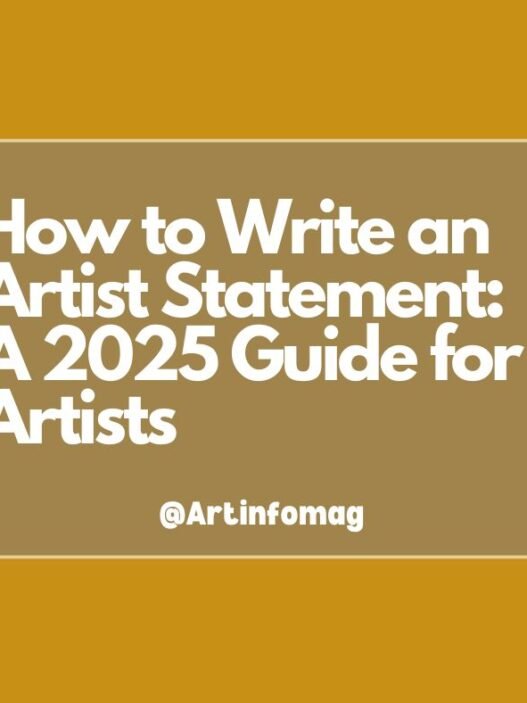The art world, long defined by hushed gallery whispers and exclusive auction rooms, is undergoing a seismic shift. In the age of TikTok and Instagram, the journey from artist’s studio to collector’s wall is less about formal introductions and more about the viral velocity of a Reel. Social media platforms have not just changed how we look at art; they have fundamentally reshaped the collecting ecosystem.
For artists, these platforms are a double-edged sword: a direct-to-market superpower and a relentless demand for content. For collectors, particularly the emerging, digitally-native Gen Z and Millennial buyers, the shift is one of unprecedented democratization, transparency, and access.
The New Gatekeepers: Algorithm and Authenticity
Traditionally, galleries, curators, and critics acted as the gatekeepers, validating artists and setting market value. Today, the algorithm has joined their ranks.
- Discovery First: A significant portion of young collectors now discover artists on social media platforms first. Instagram has long been the visual portfolio of choice, but TikTok’s short-form video format is proving incredibly effective for surfacing new talent and driving trends. A video showcasing an artist’s process or a viral reaction to a street installation can propel an unknown creator to international recognition overnight.
- The Power of Process: The polished, finished object is no longer the only thing that sells. Artists use Instagram Stories and TikToks to share studio tours, works-in-progress, and personal reflections, creating a deeper, more intimate connection with their audience. This authenticity appeals to younger buyers who value the story and the creator’s journey as much as the final piece.
- Direct-to-Collector: Social media bypasses the traditional middlemen. Collectors can inquire about and even purchase a piece via Direct Message (DM). This streamlined process offers artists greater agency over their pricing and profit, and provides buyers with a sense of direct patronage.
The Collector’s Evolution: Values and Velocity
The new generation of collectors isn’t just buying differently; they are collecting for different reasons.
- Values-Driven Acquisition: Gen Z and Millennial collectors often prioritize ethical sourcing, social impact, and diversity. They look for artists whose work aligns with their personal and political values. Transparency in pricing and provenance is expected, contrasting sharply with the historic opaqueness of the market.
- Digital Comfort: The resistance to online purchasing that once characterized the high-end art market has crumbled. Young collectors are perfectly comfortable making significant purchases—often well over five figures—entirely online, relying on high-resolution images, virtual viewing rooms, and video chats with the artist or gallery.
- Community as Currency: Collecting is no longer a solitary, private pursuit. Online art communities thrive on platforms like Discord and even Instagram, where collectors discuss art, share acquisitions, and validate taste collectively. This sense of belonging is a key motivation, turning acquisition into a social and cultural activity.
Navigating the Digital Current
While the shift is largely positive, it introduces new challenges for all players in the art world.
- Hype vs. Longevity: The viral nature of social media can lead to rapid price inflation for a momentarily “hot” artist, raising questions about the work’s long-term value and artistic merit beyond its instant visual appeal.
- The Content Grind: Artists must now balance their creative practice with the demands of being content creators, marketers, and brand managers—a constant, sometimes exhausting, effort to stay visible in a crowded feed.
- The Gallery Reimagined: Traditional institutions are adapting by leveraging social media for scouting new talent, hosting virtual exhibitions, and building diverse, inclusive online followings. Their role shifts from exclusive gatekeeper to essential facilitator and long-term validator.
The art market is now inherently hybrid. While physical exhibitions, art fairs, and studio visits remain crucial for experiencing art in three dimensions, the engine of discovery, communication, and initial transaction increasingly runs on the rails of TikTok and Instagram.
For both emerging collectors and established enthusiasts, the rule of the day is to engage, be discerning, and recognize that the next masterpiece you bring home might very well be found not in a major gallery, but with a simple scroll and a tap.


